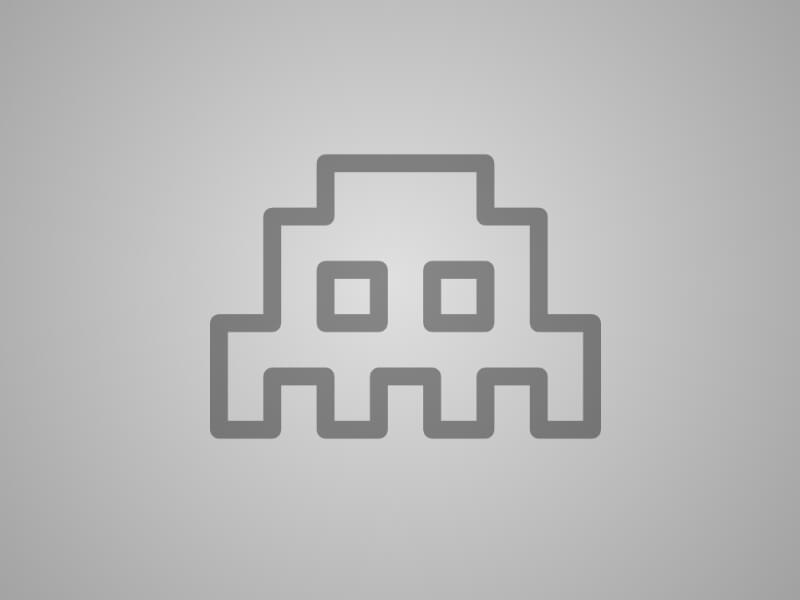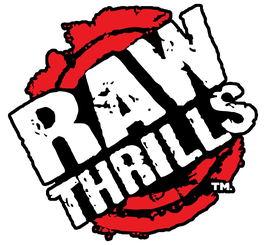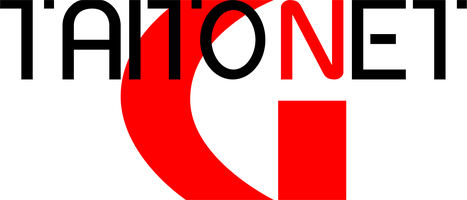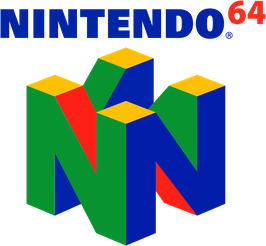Systems
View and edit systems data
Login to add a system

Le Naomi 2 est l'acronyme de New Arcade Operation Machine Idea .L'architecture du Naomi 2 est semblable à celle de son ainée, les jeux sont donc compatibles.Le système offre des performances graphiques améliorées, bénéficiant de l'augmentation de la capacité graphique du matériel originel du Naomi. Il est maintenant animé par deux puces PowerVR CLX2, une puce VideoLogic Elan, la quantité …

The PlayStation is a fifth generation video game console, produced by Sony Computer Entertainment from 1994. The original PlayStation was the first machine in the PlayStation range. In 2000, it was later declined in PSone (a smaller and more light than the original). It was recognized for the standardization of disc games, as well as for controllers with two analog …

Le Mega-CD ou Mega CD, également connu sous le nom de Sega CD en Amérique du Nord, est un périphérique destiné à la console de jeu vidéo Mega Drive de Sega. Il s'agit d'un lecteur de CD-ROM permettant de lire des jeux au format CD-ROM, des CD Audio et des CD-G. Il fut commercialisé fin 1991 au Japon, en 1992 …

The PlayStation Vita (officially abbreviated PS Vita or Vita) is a handheld video game console developed and released by Sony Computer Entertainment. It is the successor to the PlayStation Portable as part of the PlayStation brand of gaming devices. It was released in Japan on December 17, 2011, with releases in North America, Europe, and other worldwide regions starting on …

The Texas Instruments TI-99/4A is a home computer, it is a redesign of the TI-99/4 system, which was discontinued. The new "4A" has a new graphics chip and a better keyboard. About the only way to expand the original TI-99/4A was from the expansion port on the right side of the console. Memory expansion, a serial interface, a floppy drive …
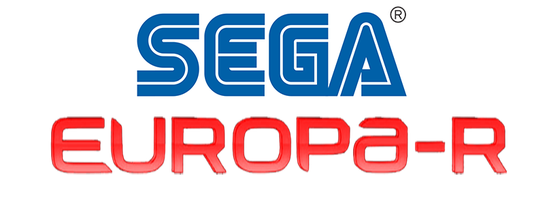
Sega Europa-R is an arcade system board released by Sega in 2008. It was designed by Sega Amusements Europe, specifically for Sega Rally 3. Its second game would come in 2010 with the Sega/Codemasters game GRID, which was only discovered to run on Europa-R hardware in early 2011.
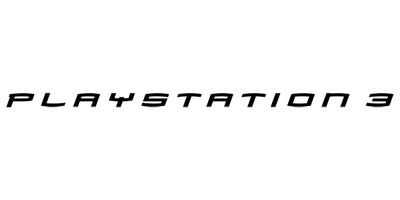
La PlayStation 3 (abrégé officiellement PS3) est une console de jeux vidéo de septième génération commercialisée par Sony. Elle est sortie le 11 novembre 2006 au Japon, le 17 novembre 2006 en Amérique du Nord et le 23 mars 2007 en Europe. Elle succède à la PlayStation 2 (qui avait elle-même succédé à la PlayStation), et concurrence la Xbox 360, …
 HFS-DB
HFS-DB


